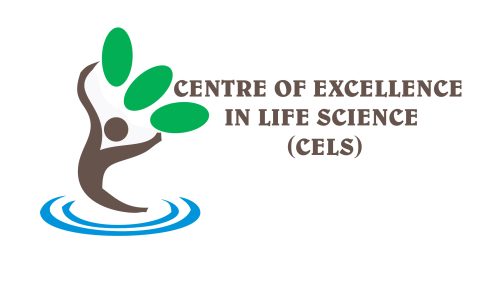Scientists from 11 organizations have digitized a “tree of life,” a genetic map of 2.3 million named species of animals, plants, fungi and microbes that all branched off over time from a common ancestor.
In a September 18 paper in the Proceedings of the National Academy of Sciences, researchers wrote that “The Open Tree Taxonomy” is likely the first to aggregate tens of thousands of already published smaller trees into a comprehensive map of all life. The digital tree is free for anyone to use and update on opentreeoflife.org.
In what looks like a kaleidoscope of rainbow-colored high-rises, the latest digital diagram depicts the evolution of living things since the beginning of life on Earth more than 3.5 billion years ago.
And because scientists believe that all life on Earth shares a common genetic ancestor, understanding how millions of species are related helps them improve agricultural methods and better understand viruses, the research team says.
“There’s a pretty big gap between the sum of what scientists know about how living things are related, and what’s actually available digitally,” lead scientist Karen Cranston, a computational phylogeneticist at Duke University, said in an announcement of the project.
Only one out of six studies published in about 100 journals in the decade leading up to 2012 have digital data that others can use, the researchers reported. Most of the 7,500 phylogenetic – or evolutionary branching – trees are in PDF or image formats that cannot be readily downloaded and merged with other data.
For this reason, the first version of the tree of life is based only on 484 trees that map the genetic evolution of species, from worm to beetle to human to giraffe.
“This is the first real attempt to connect the dots and put it all together,” said Dr. Cranston. “Think of it as version 1.0.”
The next step, the research team wrote in its paper, is for biologists to contribute more trees and to revise existing information, in the same way that people contribute to Wikipedia.
“Twenty five years ago people said this goal of huge trees was impossible,” said Douglas Soltis, a genetics professor at the University of Florida. “The open tree of life is an important starting point that other investigators can now refine and improve for decades to come.”
Building the computer code and compiling the data took three years, and involved collaborators from Chicago’s Field Museum of Natural History, the Web development firm Interrobang, the University of Michigan, the University of Florida, Duke University, and George Washington University.
“Many participants on the project contributed hundreds of hours tracking down and cleaning up thousands of trees from the literature, then selecting 484 of them that were used to generate the draft tree of life,” said Cody Hinchliff, a scientist from the University of Idaho, in the announcement.
The team had to develop its own software and data algorithms to make it possible to combine such large numbers of trees.
